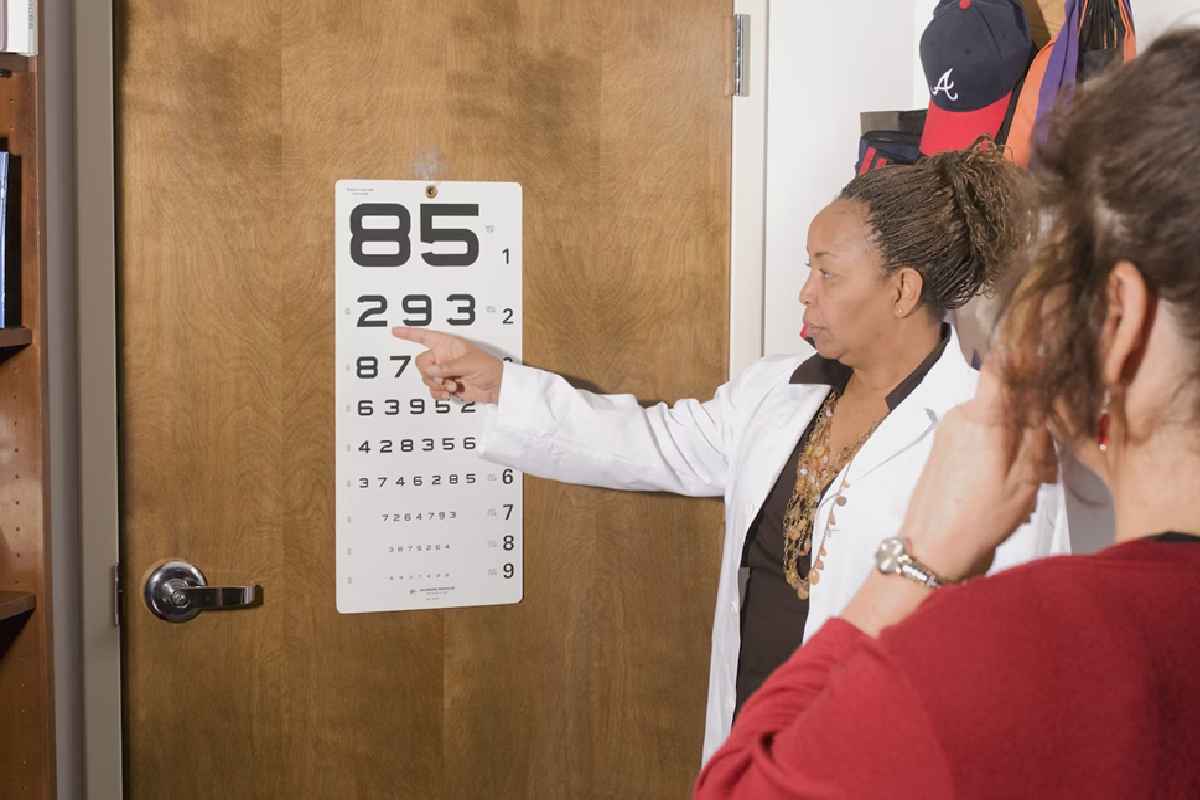Three years ago, I sat crying in my car after another useless eye appointment. The doctor had spent maybe four minutes with me, declared my headaches weren’t eye-related, and shuffled me out. Bill: $200. Answers: zero. That’s when my coworker asked the question that changed everything: “Why don’t you go somewhere good?”
I didn’t know “somewhere good” existed for eyes. I thought all clinics were the same desperate shuffle. Outdated magazines, ancient equipment, doctors who’ve already forgotten your name before you’ve left. Turns out I was shopping for eye care like I was buying gas, assuming it’s all the same product.
When Technology Actually Matters
My first visit to a real comprehensive clinic made me angry. Not at them, at every other place I’d wasted money. They had machines I’d never seen. One looked like it belonged on a spaceship. The technician explained it could photograph individual cells in my retina. My old clinic was still using the same puff test from 1987.
The doctor pulled up a 3D model of my optic nerve and showed me why I’d been getting headaches. A slight swelling invisible to regular equipment. Three years of misery solved in twenty minutes because someone had the right tools. My previous doctors weren’t incompetent. They were playing piano wearing oven mitts.
Here’s what kills me: insurance paid the same amount. Both visits cost identical copays. But one clinic invested profits into equipment while the other probably bought another yacht for the owner. The comprehensive place had just installed something called OCT angiography. No dye injection, but they could see blood moving through my retinal vessels. Meanwhile, my old clinic still developed actual film.
The speed difference shocked me most. Test results while I waited instead of mysterious phone calls weeks later. The doctor reviewed everything with me immediately, not through a nurse reading notes they didn’t understand. When they found something concerning, the specialist saw me that afternoon. Not in three months. That afternoon.
Everything Connected Like It Should Be
At my old clinic, I once needed three different doctors for one problem. Three appointments, three waiting rooms, three times explaining my entire medical history. Each doctor worked in isolation, like they were solving completely different puzzles. I literally carried paper folders between offices like this was 1952.
The comprehensive clinic broke my brain with efficiency. My doctor suspected something, walked me down the hall, knocked on another door. “Hey Jennifer, can you look at this?” Fifteen minutes later, two specialists had agreed on a treatment plan. No referrals, no phone tag, no starting over.
This connectivity extends to procedures too. Dr Natasha Lim’s innovative refractive surgery approach demonstrates what happens when clinics think comprehensively. They don’t just cut and send you home. They analyze your tear film, corneal thickness, pupil behavior in different lighting. They consider your job, hobbies, age. It’s the difference between buying a suit off the rack versus having one tailored.
Here’s the second 500-word half with a humanized approach:
The Human Side Nobody Measures
Let me tell you about Sharon, the scheduler at my comprehensive clinic. She remembers I hate morning appointments. She calls personally if there’s a cancellation that works better for my schedule. Last month, she noticed I’d been in three times recently and asked if I was okay. When’s the last time anyone at a medical office actually gave a damn?
Top clinics understand something revolutionary: anxious patients have worse outcomes. So they design everything to reduce stress. Appointment reminders that actually explain what will happen. Pricing discussions before procedures, not surprise bills after. One nurse spent ten minutes just explaining why my pupils would stay dilated, because she noticed I looked worried.
The after-hours difference is staggering. My old clinic had an answering service that took messages. The comprehensive place has actual doctors on call. When I had severe eye pain at 9 PM on Saturday, I reached my actual doctor within fifteen minutes. She met me at the clinic, diagnosed a corneal abrasion, and saved me an ER visit that would’ve cost thousands.
Communication styles matter more than medical degrees. The best clinics hire doctors who can explain complex things simply. My surgeon drew pictures on a whiteboard, used analogies about camera lenses, and made sure my wife understood everything too. Bad clinics have brilliant doctors who talk like medical textbooks and get annoyed when you ask questions.
The Quality Signals Everyone Misses
Staff turnover tells you everything. My comprehensive clinic has techs who’ve worked there fifteen years. They know the doctors’ preferences, recognize regular patients, and actually smile like they mean it. Places with revolving doors of staff are managing something badly, usually everything.
Research participation separates good from great. Top clinics run trials for new treatments, publish papers, teach at universities. They’re pushing boundaries, not just cashing insurance checks. My doctor was testing a new glaucoma treatment two years before FDA approval. Patients got early access to innovations that later became standard care.
Watch for cross-specialty integration beyond just eyes. Leading eye clinics now coordinate with other specialties because they understand eyes reflect overall health. My clinic partners with audiology specialists in Singapore since vision and hearing problems often connect, especially in aging patients. They catch things single-focus clinics miss entirely.
Professional recognition matters, but not how you’d think. Skip the “Top Doctor” magazine awards that clinics basically buy. Look for teaching appointments, specialty board positions, invited international lectures. The best doctors are training other doctors, not buying advertisements disguised as awards.
Choosing Your Eye Care Home
Ask uncomfortable questions before committing. What happens if surgery goes wrong? How quickly can you see someone for emergencies? Do they profit from selling specific procedures? The best clinics answer honestly, even if it’s awkward. Sketchy places get defensive or vague.
Red flags include immediate surgery recommendations, pressure tactics, and promises that sound impossible. If they guarantee perfect vision or claim zero risks, run. Medicine doesn’t work that way, and honest doctors admit it.
Sometimes traveling for exceptional care beats convenient mediocrity. Your vision isn’t something to compromise on. The best care might be two hours away, but you only get one set of eyes. Choose like they matter, because they do.



